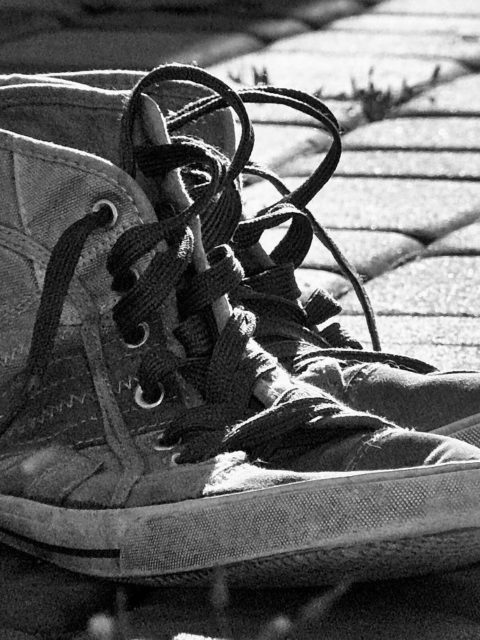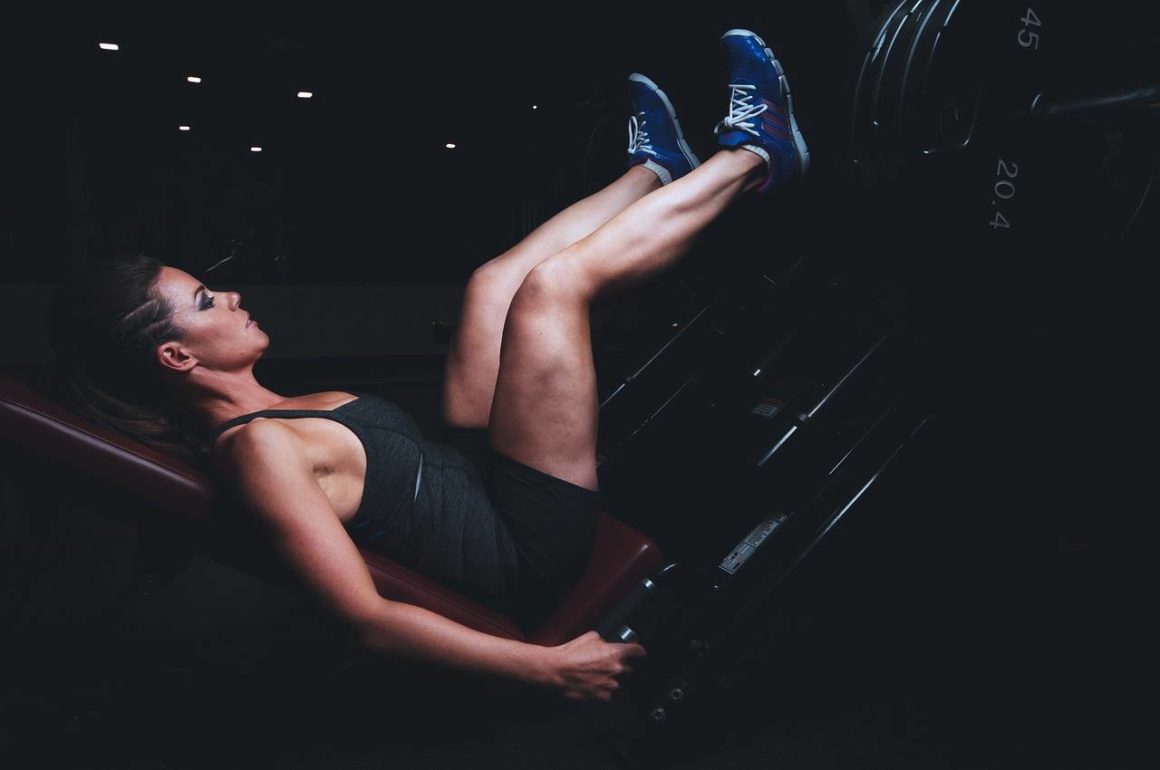When Should I Change Gym Shoes?

If you’re following me on Twitter you would have seen me complain about the ridiculous prices we’re subjected to in retail stores lately. I drove about 35 mins to an “Outlet Mall” in Niagara On The Lake to find what I thought would be better prices, as I was shopping for new gym shoes. While the mall was very busy and there were a LOT of people lugging around bags, I honestly didn’t come across any real deals. And can someone tell me why it’s the norm now to not have toddlers in their strollers (strollers are not for your shopping bags) but have them learn to walk when the mall is BUSY (smiling at me when the little one crashes into me does not make it cool)?
The past few weeks I’ve been complaining about very sore feet, painful knees + ankles and the amount of time I’m spending on the treadmill also decreased. Basically I’m unable to get as good a workout as I used too! While I must confess that it’s a great excuse to cut my gym-time short and go enjoy a Matcha green tea latte at Starbucks, the aches and pains are real.
 After a closer look at my running shoes (I have 2 pairs I use), I could see they no longer had any shape or form about them and while they looked cosmetically good, the soles were rather worn. I could tell that there wasn’t any sort of support and with the soles being warped and thin from use, I may have well been running around bare feet. I could tell that the shoes I was wearing to the gym were the root of all my problems.
After a closer look at my running shoes (I have 2 pairs I use), I could see they no longer had any shape or form about them and while they looked cosmetically good, the soles were rather worn. I could tell that there wasn’t any sort of support and with the soles being warped and thin from use, I may have well been running around bare feet. I could tell that the shoes I was wearing to the gym were the root of all my problems.
I must make it clear that the running shoes I use are multi-purpose and not specially for running. I use the same shoes on the treadmill as I do for lifting weights and even the few times I play indoor basketball and soccer. So the comments below are not specific to any one type of sports shoes.
Please note that the lifespan of your shoes will vary on the use (kilometers of use), your weight and your feet type (how your shoes wear away), so kindly use my suggestions below as a basic guide.
How to tell if it’s time to change your gym shoes..
- if one or both shoes cannot stand up straight when placed on a surface
- if your toes wear though or there are tears in the upper part of the shoe
- if the heel area is mobile and offers no support
- if one shoe sole becomes asymmetrically worn compared with the other
- if the soles collapses when you put them on (under pressure)
- offers no shock absorption (compared to when they were newer)
- if they lean to one side when placed on a flat surface (mid-sole arch is probably worn)
- peep the tread on the underside.. they can get worn down from use
- if you feel aches or pains in your lower back, knees or ankles
- muscle fatigue and shin splints are other warning signs that your shoes are not giving you the shock absorption
If you recall I mentioned at the top that I had two pairs of running shoes. I find that by rotating them I got longer use out of each, but with the prices I saw on display yesterday.. there’s no way I could afford such luxury again.
Do you have any tips on when is the best time to change gym shoes? Please leave us your comments below.



